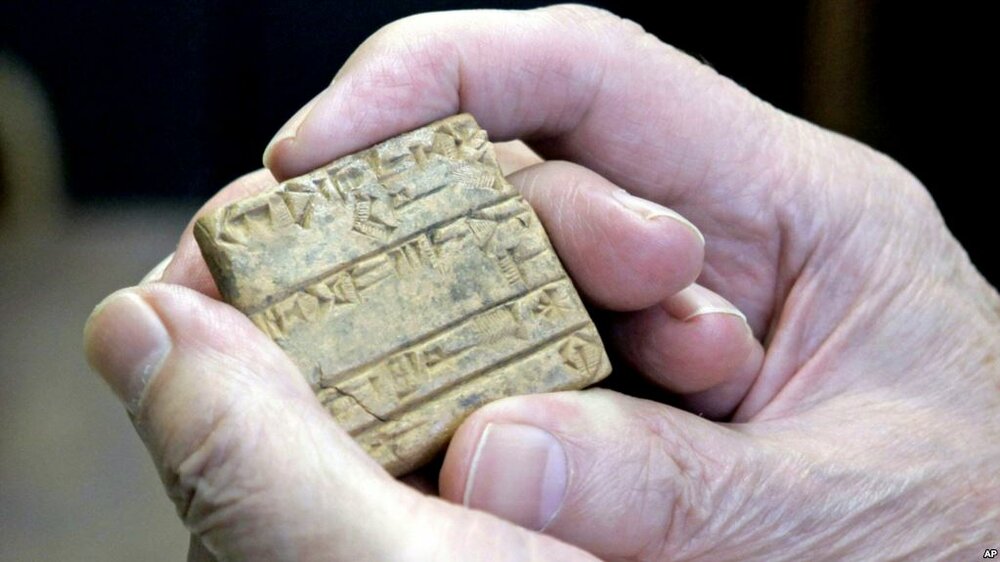Oriental Institute ready for delivery of ancient Persian artifacts

TEHRAN – The University of Chicago’s Oriental Institute has recently signaled its readiness to deliver the first batch of ancient Persian clay tablets to Iran, a senior cultural heritage official has said.
“We have just received an email from Chicago’s Oriental Institute, in which the institute has announced its readiness to deliver Achaemenid tablets to Iran in Tehran,” Mohammad-Hassan Talebian, a deputy for the Cultural Heritage, Handicrafts and Tourism Organization, said in a press release on Tuesday.
Following years of ups and downs, the fate of Persian tablets, on loan from Iran to the Oriental Institute since the 1930s, was left in the hands of the U.S. Supreme Court in 2018, this time in favor of Iran.
The court concluded that American citizens injured in a 1997 suicide bombing in Jerusalem cannot seize the artifacts to satisfy a $71.5 million court judgment against Iran, as compensation.
Referring to efforts made by the CHHTO for repatriating the artifacts home, the official said, “The process of sending them from the United States to Iran has already been commenced, even needed licenses have been issued by the U.S. Department of the Treasury for the return of 1,780 tablets.”
“In the meantime, ways of sending and delivering the Achaemenid tablets were examined, yet the Oriental Institute had put forward excuses like insurance and [U.S.-led] sanctions…. Finally, it accepted to deliver the first batch to the National Museum of Iran and concurrently seek to gain license for delivering the rest.”
“In response to the email, we coordinated with the Ministry of Foreign Affairs beforehand to declare Iran’s readiness to issue visas [for the institute’s representatives], which is subject to acceptance of shipping and insurance [costs from the U.S. entity],” Talebian added.
Archaeologists affiliated with the University of Chicago discovered the tablets in 1930s while excavating in Persepolis, the ceremonial capital of the Persian Empire. However, the institute has resumed work in collaboration with colleagues in Iran, and the return of the tablets is part of a broadening of contacts between scholars in the two countries, said Gil Stein, director of the Oriental Institute at the University of Chicago.
What these tablets tell us is the economic, social and religious history of the ancient Achaemenid Empire (550-330 BC) and the larger Near Eastern region in the fifth century BC.
The tablets have been difficult to read because information about the Persian Empire had been largely limited to non-Persian sources. That non-Persian information came from Greek writers such as Herodotus and Latin authors, and mostly concerns encounters between the Persian Empire and Greek states, encounters of warfare, and diplomacy. Information from the tablets provided one of the first opportunities to gather data on the empire from Persian sources.
The Persian Empire was the largest and most durable empire of its time. The empire stretched from Ethiopia, through Egypt, to Greece, to Anatolia (modern Turkey), Central Asia and to India.
AFM/MQ/MG

Leave a Comment